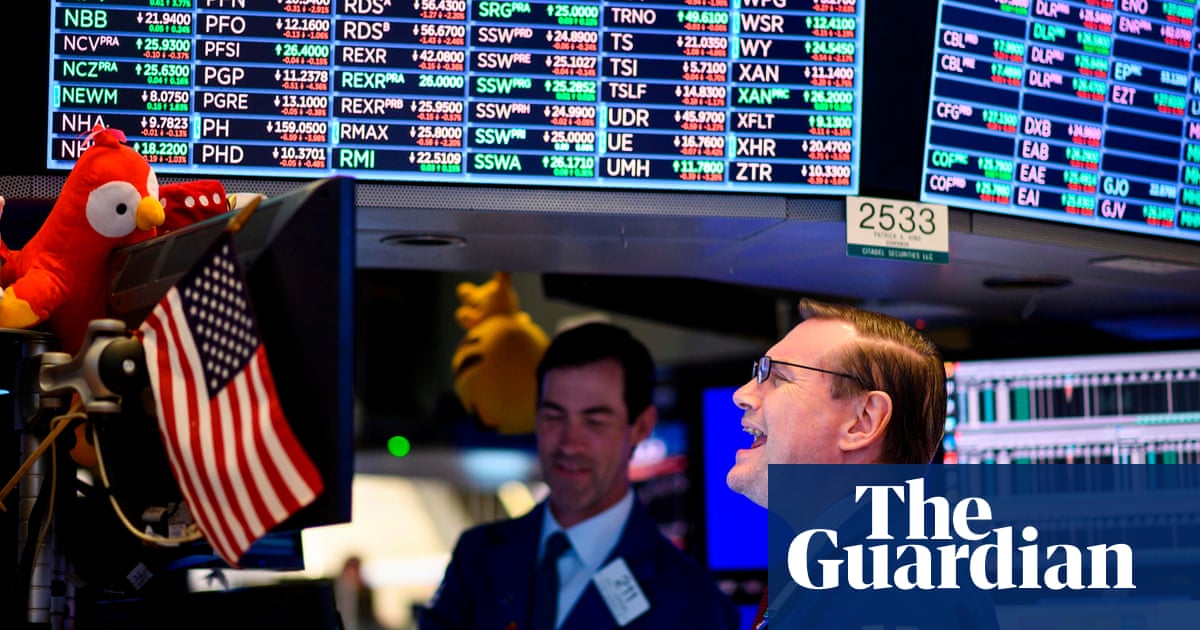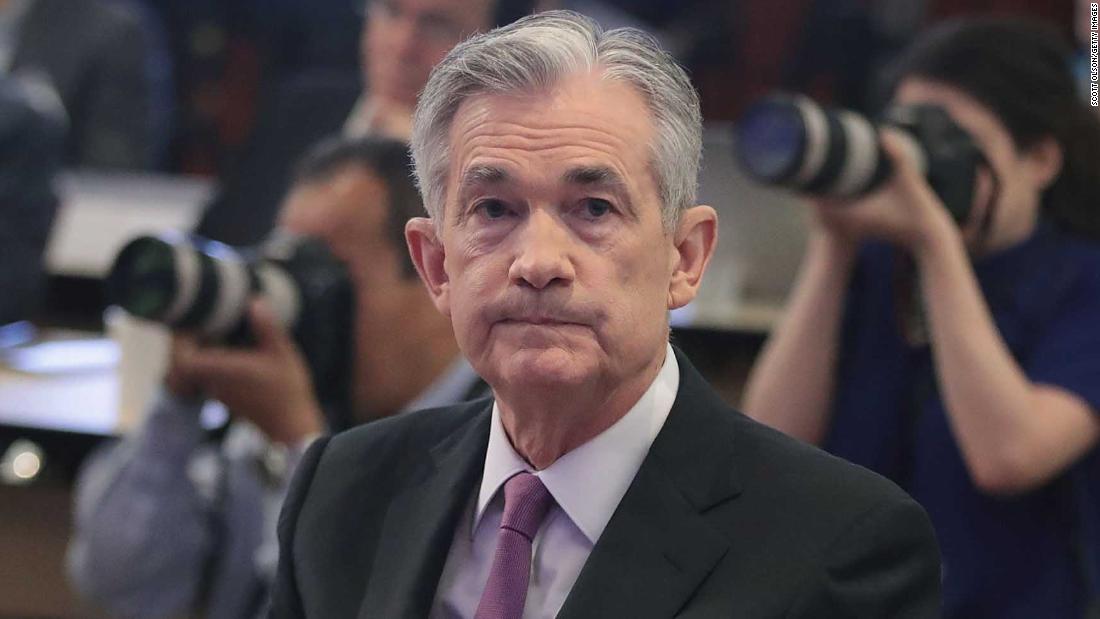Experts Matter. Find Yours.
Connect for media, speaking, professional opportunities & more.

It was a train running full speed and showed no signs of stopping – but America’s economy hit a bump last week and it sent a lot of people from Wall Street and beyond into a panic. The 800-point drop in the Dow Jones seemed to be the first sign of another severe recession. But before everyone cashes out, experts from Western Governors University are hoping we take a look back through the ages before rushing to worry. “What does history teach us? Even before the Great Depression of the 1930s, Nicolai Kondratieff discovered that the capitalist economy, going back to the 18th century was characterized by waves, or business cycles,” says Dr. Rashmi Prasad, Dean and Academic Vice President of Western Governors University's College of Business. “The Federal Reserve, under leadership of Ben Bernanke, claimed that while the business cycle had not been repealed, a ‘Great Moderation’ had emerged in the world post-1982. Independent central banking and the rise of the service economy were among the reasons cited. In a great irony of history, Bernanke was front and center as Chairman of the Federal Reserve during the ‘Great Recession’ of 2008-2009. Business cycles seem to be inevitable for capitalist economies. Will we return to the Great Moderation of 1982-2007, or are we in a new period of regular Great Recessions? Central Banks stabilize and soften the down-cycles of recessions, but the price of managing the Great Recession of 2008-09 has been the dramatic expansion of central bank balance sheets–no new investment cycles–property or finance often leads to recession.” So, where do we stand and what can we expect in the short-term? Prasad adds this perspective: “Conventional economic thinking indicated inflation by now, which may have added to interest rates and constrained the amount of debt that was sustainable. Rapidly rising interest rates posed the risk of a deep and extended downturn. If interest rates can be managed and kept low, then the next down-cycle could be shallowed and prolonged as monetary policy has little scope and fiscal deficits are already very high. Risks for a major downturn exist in extremely high debt levels and central bank balance sheets, but still may be a decade or two away, awaiting triggers that we cannot yet predict.” Are you a journalist covering the economy and do you need expert perspective and opinion for your stories? That’s where Western Governor’s University can help. Dr. Rashmi Prasad is Dean and Academic Vice President of Western Governors University's College of Business. He is an expert in the fields of economic and financial data and business analytics. Dr. Prasad is available to speak with media regarding the state of America’s economy – simply click on his icon to arrange an interview.

Not this time, but expect interest rates to get cut soon – our expert can explain why
It was all eyes on the Fed this week, but when it came to decide, Federal Reserve Chairman Jerome Powell held U.S. Interest rates steady and unchanged. The pressure was on to lower the rates amid serious concerns that the current trade wars and tariff action could start impacting America’s economy and slow it down. Narayana Kocherlakota, the Lionel W. McKenzie Professor of Economics at the University of Rochester wasn’t surprised by the June decision to remain steady. And with serving six years as president of the Federal Reserve Bank of Minneapolis, his expertise and perspective indicates lower rates will come at the next meeting. “I am not expecting a change in policy, which means the interest rates should remain the same. What I am expecting is a lot of discussion, which takes place in secret, about cutting interest rates by a quarter percentage point at their next meeting in July. Why would they do that? The Federal Reserve is tasked with trying to keep inflation at 2 percent and keep unemployment low. Right now unemployment is about as low as it’s been in the past half-century, which is very good. Inflation remains lower than the Federal Reserve would like—it’s been below 2 percent for most of the last seven years. I think they’re mainly worried about risks. There are signs of risk around the world partly due to big variations in trade policy emerging from the White House. So, the Fed is thinking about cutting rates now in order to keep the economy as healthy as possible, if there’s any danger of a recession.” University of Rochester Newscenter. Will lower rates really keep America’s economy humming? Won’t lower rates impact the strong US dollar? And if we are headed toward recession, what else can de done to turn the economy around? There are a lot of questions – and that’s where our experts can help. Dr. Narayana Kocherlakota was the President and CEO of the Federal Reserve Bank of Minneapolis from 2009-2015. As part of his responsibilities in that position, he served on the Federal Open Market Committee (FOMC), the monetary policymaking arm of the Federal Reserve System. He is currently a Lionel W. McKenzie Professor of Economics and is an expert in financial economics, interest rates and monetary policy. Narayana is available to speak with media regarding the economic effects of the shutdown – simply click on his icon to arrange an interview.

The Fed Should Consider Lowering Rates say the Experts from University of Rochester
On Wednesday, the Chairman of the Federal Reserve will be delivering another interest rate decision that could direct or at least prompt a punch to the arm the country’s economy. In fact, according to Narayana Kocherlakota who is currently a Professor of Economics at the University of Rochester, and who also served as the President and CEO of the Federal Reserve Bank of Minneapolis from 2009-2015 – the Fed should be dropping rates to increase stimulus t an economy in very much in need of help. In a column (see attached) published this week in Bloomberg Opinion, Kocherlakota offered this perspective, So, the Fed has been falling short — arguably well short — of both its inflation and employment mandates for a long time. How can it do better? It should take two steps. First, as I’ve argued before, the Fed shouldn’t be reducing the vast holdings of bonds that it amassed in its efforts to stimulate the economy after the last recession. Instead, it should commit to increasing its asset holdings by about 4 percent per year. That way, as the economy grows over time, its balance sheet will remain sufficiently large to help combat any recessionary risks. Second, the Fed often says that it sets monetary policy based on the incoming economic data. Such claims ring hollow when we look at the record. Recently released transcripts from its June 2013 policy-making meeting show that more than half the participants thought inflation would be below 2 percent for the next 30 months. All thought unemployment would stay above 5.5 percent. Yet it was precisely at that meeting that they agreed to begin tightening by announcing their intention to ease off on bond purchases in the near future.” So, what can we expect from Wednesday’s decision by the Fed? Will we see a drop in rates? What will a higher interest rate look like and what would that mean for America’s economy? Or … if nothing changes and the Fed holds steady, what will that mean for the economy in the short term? There are a lot of questions and that’s where the experts from the University of Rochester are available. Dr. Narayana Kocherlakota was the President and CEO of the Federal Reserve Bank of Minneapolis from 2009-2015. As part of his responsibilities in that position, he served on the Federal Open Market Committee (FOMC), the monetary policymaking arm of the Federal Reserve System. He is currently a Lionel W. McKenzie Professor of Economics and is an expert in financial economics, interest rates and monetary policy. Narayana is available to speak with media regarding the economic effects of the shutdown – simply click on his icon to arrange an interview.

Time will tell whether President-elect Donald Trump's economic policies will help or hurt the U.S.
President-elect Donald Trump's economic plan, such as it is, is very unspecific and lacking in details—especially in how it will be implemented or what aspects take priority. It looks like his biggest priority will be tax reform. Generally speaking, lowering marginal tax rates are a good thing and can lead to higher economic growth—but it remains to be seen if the increased taxes from the higher growth would balance out the amount of taxes cut. Simplification of the tax code will also be very helpful, but there are very few specifics as to how Trump would accomplish this. In short, his proposal for higher spending on infrastructure, which is definitely needed, with tax cuts would boost growth in the short term but also increase the size of the deficit and prices ( inflation). Although the nation’s infrastructure is in need of repair, voters have to remember that it has taken many decades to get all of this infrastructure into place—it can’t be repaired in just a matter of a few years. Source:



